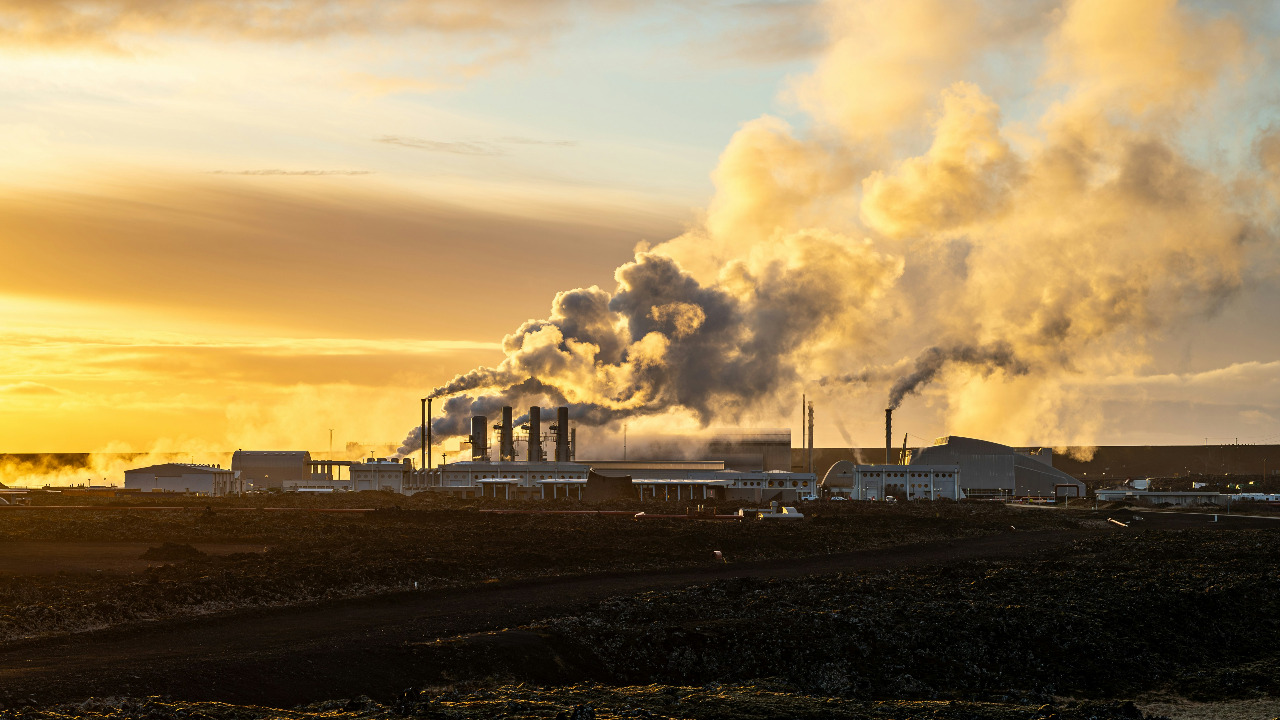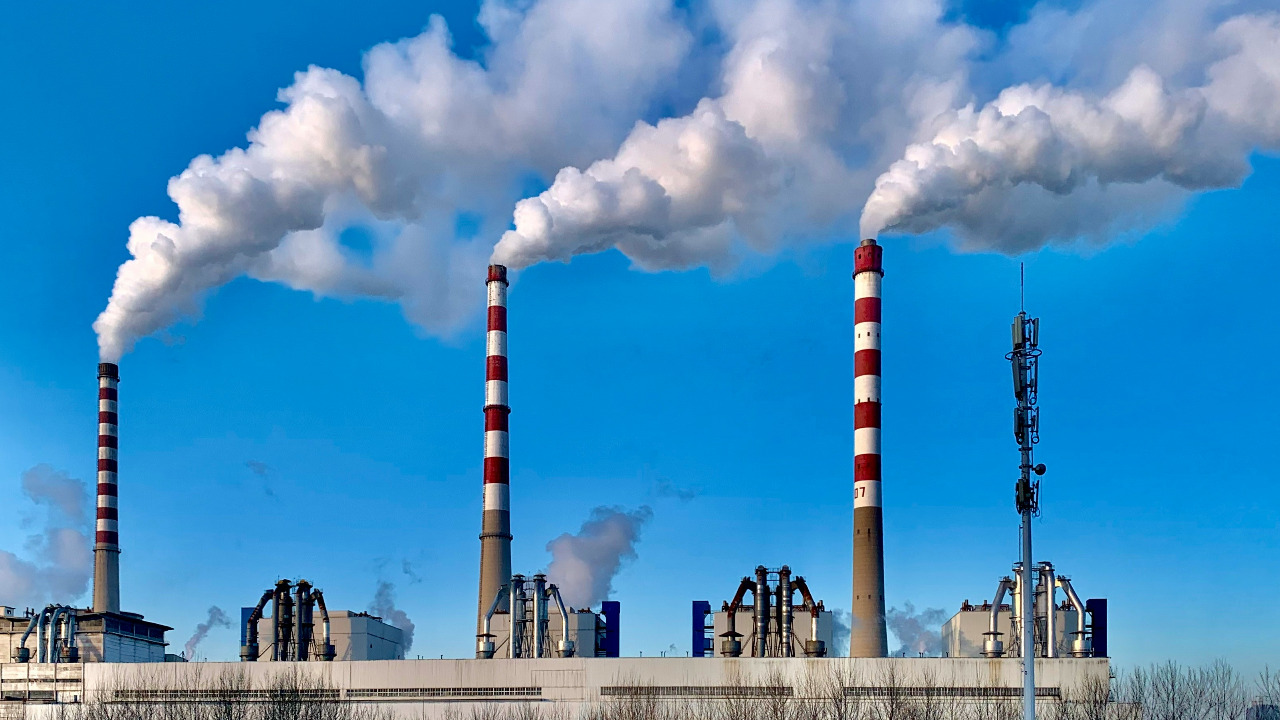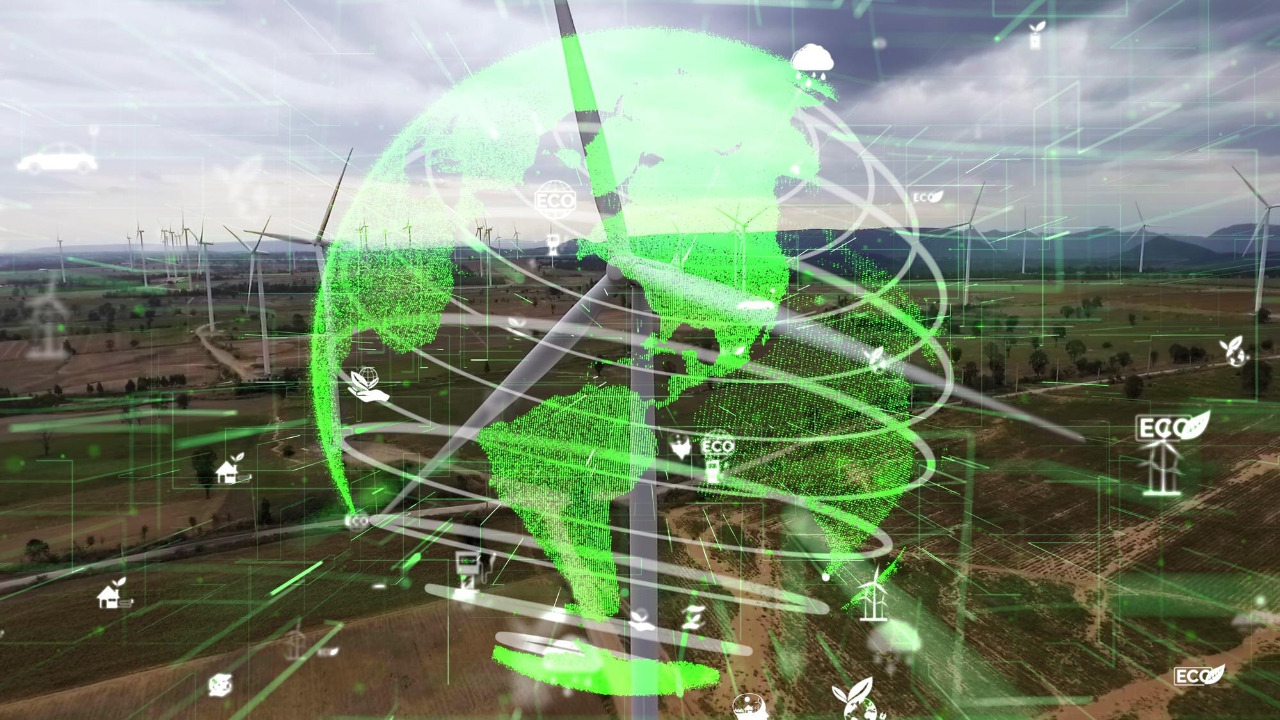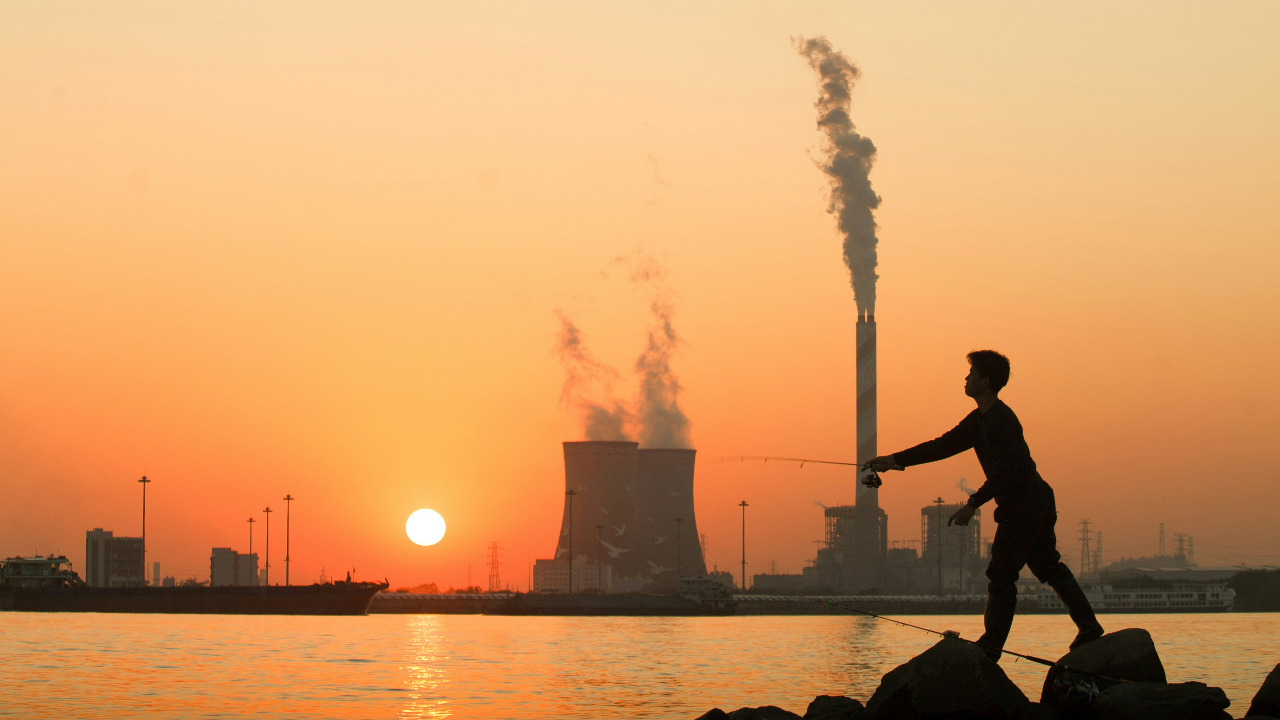
Climate change is increasingly affecting global supply chains, with the tech industry being particularly vulnerable due to its reliance on a complex network of suppliers and manufacturers. Disruptions caused by extreme weather, resource scarcity, and regulatory changes are forcing tech companies to adapt their supply chain strategies. As climate change continues to alter the landscape of global trade, the tech sector must consider innovative solutions and collaborative efforts to mitigate these effects and ensure sustainability.
Challenges Posed by Climate Change to Tech Supply Chains

Extreme Weather Events: Hurricanes, floods, and wildfires are becoming more frequent and severe, significantly disrupting manufacturing and distribution processes in tech supply chains. For instance, the 2011 Thailand floods severely impacted the hard drive manufacturing sector, leading to global shortages and skyrocketing prices. These events highlight the vulnerability of tech supply chains to climate-induced disruptions, as factories are often concentrated in regions prone to extreme weather. The increased frequency of such events necessitates a reevaluation of supply chain strategies to enhance resilience and minimize potential losses.
Resource Scarcity: The tech industry heavily relies on natural resources such as water and minerals, which are becoming increasingly scarce due to climate change. Water shortages impact semiconductor manufacturing, which requires substantial amounts of water for cooling and processing. Similarly, rare earth minerals essential for electronics are becoming harder to source sustainably. The scarcity of these resources not only drives up costs but also compels companies to seek alternative materials or more efficient production methods. Addressing resource scarcity is crucial for maintaining supply chain stability in the face of environmental challenges.
Regulatory Pressures: The growing emphasis on reducing carbon footprints has led to an increasingly stringent regulatory landscape. Governments worldwide are implementing policies aimed at curbing emissions and promoting sustainable practices. These regulations force tech companies to reevaluate their operations and supply chains to comply with new standards. While adapting to these changes may incur short-term costs, it also presents an opportunity for companies to innovate and differentiate themselves in a market that increasingly values sustainability.
Technological Innovations to Counteract Climate Change Effects

Sustainable Manufacturing Practices: Advancements in manufacturing technology are helping reduce the environmental impact of tech production. Techniques such as 3D printing and modular design not only decrease waste but also enhance the resilience of supply chains by enabling localized production. These innovations allow companies to adapt to disruptions more effectively by diversifying production sites and minimizing dependency on specific regions. By integrating sustainable practices, tech firms can reduce their carbon footprint while maintaining operational efficiency.
AI and Data Analytics: Artificial intelligence and data analytics are playing a pivotal role in predicting and mitigating supply chain disruptions caused by climate change. By analyzing vast amounts of data, AI can identify patterns and forecast potential risks, enabling companies to proactively address vulnerabilities. For example, AI-driven models can predict weather-related disruptions, allowing firms to adjust logistics and inventory management accordingly. This technological foresight enhances supply chain resilience and ensures continuity in the face of environmental uncertainties.
Renewable Energy Integration: The shift toward renewable energy sources in tech manufacturing and logistics is gaining momentum. Companies are increasingly investing in solar, wind, and other renewable energy sources to power their operations. This transition not only reduces reliance on fossil fuels but also aligns with global efforts to combat climate change. By integrating renewable energy, tech companies can reduce their carbon emissions and enhance their sustainability credentials, appealing to environmentally conscious consumers and investors.
Collaborative Efforts and Industry Adaptation

Cross-Sector Partnerships: Building resilient supply chains requires collaboration between tech companies, governments, and NGOs. These partnerships facilitate the sharing of resources, knowledge, and technology, enabling more effective responses to climate challenges. For instance, initiatives like the Building Climate-Resilient Value Chains project illustrate how cross-sector collaboration can enhance supply chain resilience.
Supply Chain Transparency: Transparency and traceability are crucial for managing climate risks and fostering consumer trust. By adopting technologies like blockchain, companies can track their products’ journey from raw material to end-user, ensuring compliance with environmental standards and ethical sourcing practices. Transparent supply chains enable companies to identify potential vulnerabilities and implement corrective measures promptly, enhancing overall resilience.
Community Engagement: Tech companies are increasingly engaging with local communities to mitigate environmental impacts and ensure sustainable practices. By collaborating with communities, firms can gain valuable insights into regional environmental challenges and develop tailored solutions. This engagement not only fosters goodwill but also helps companies align their operations with local sustainability goals, creating a mutually beneficial relationship.
Case Studies: Companies Leading the Way

Apple’s Carbon Neutrality Goal: Apple aims to achieve carbon neutrality across its supply chain by 2030. The company is investing in renewable energy projects and working with suppliers to reduce emissions. Apple’s commitment to sustainability is evidenced by initiatives such as its carbon-free aluminum production, which reduces environmental impact while maintaining product quality.
Microsoft’s Sustainability Commitments: Microsoft has pledged to be carbon negative by 2030, removing more carbon than it emits. The company is investing in carbon capture technologies and working to make its supply chain more sustainable. These efforts reflect Microsoft’s broader commitment to environmental stewardship and demonstrate the feasibility of ambitious sustainability goals in the tech sector.
Tesla’s Resource Management: Tesla’s approach to resource management emphasizes sustainability and efficiency. The company is actively seeking ways to recycle and reuse materials, minimizing waste and reducing environmental impact. Tesla’s focus on resource management not only supports its sustainability objectives but also enhances its reputation as a leader in environmentally responsible manufacturing.
Future Outlook and Strategic Recommendations

Long-term Resilience Planning: To build long-term resilience against climate-related disruptions, tech companies must prioritize strategic planning and risk management. This involves identifying potential vulnerabilities in their supply chains and developing contingency plans to address them. By adopting a proactive approach, companies can minimize the impact of climate change on their operations and maintain continuity in the face of environmental challenges.
Investment in Green Technologies: Investing in green technologies and infrastructure is essential for future-proofing supply chains. By adopting energy-efficient processes and sustainable materials, companies can reduce their environmental impact and enhance operational efficiency. These investments not only contribute to sustainability goals but also position companies as leaders in an increasingly environmentally conscious market.
Policy Advocacy and Leadership: Tech companies must take a leadership role in advocating for policies that support sustainable supply chains. By collaborating with policymakers and industry stakeholders, firms can influence the development of regulations that promote environmental responsibility. This advocacy not only benefits individual companies but also contributes to broader efforts to combat climate change and ensure a sustainable future for the tech industry.